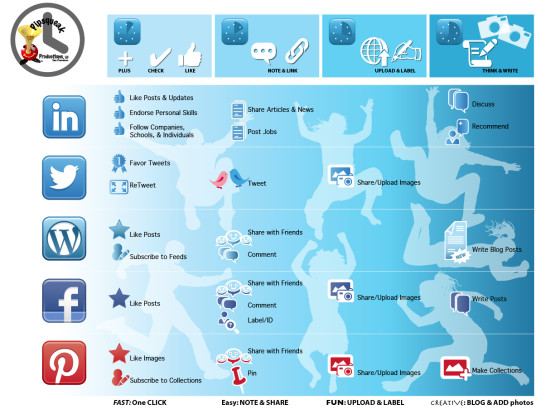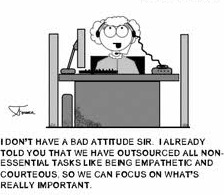
What’s the difference between a consumer of good design and a designer? Well, it boils down to the ability to notice an opportunity where a product or a fix or a nudge can make a positive difference in someone’s life. During his 1989 interview with Inc Magazine, Steve Jobs famously said: “You can’t just ask customers what they want and then try to give that to them.” You see, designers don’t ask for solutions. They discover them and share them with the world. So what does it take to discover a good design solution? I believe it comes down to ability to see a pain point, to notice an opportunity, to remark on the unremarkable! Allow me to share to few examples from personal experience in the last few months. Drug Labels I recently had a heart stress test. Unfortunately, the IV drug they tried to use had an unusual side effect — my heart rate would go up and then quickly drop, enabling the doctors to perform the test. The nurses scrambled for another drug, but they also needed to make a report — such and such a drug on such and such a patient resulted in bad reaction.…






